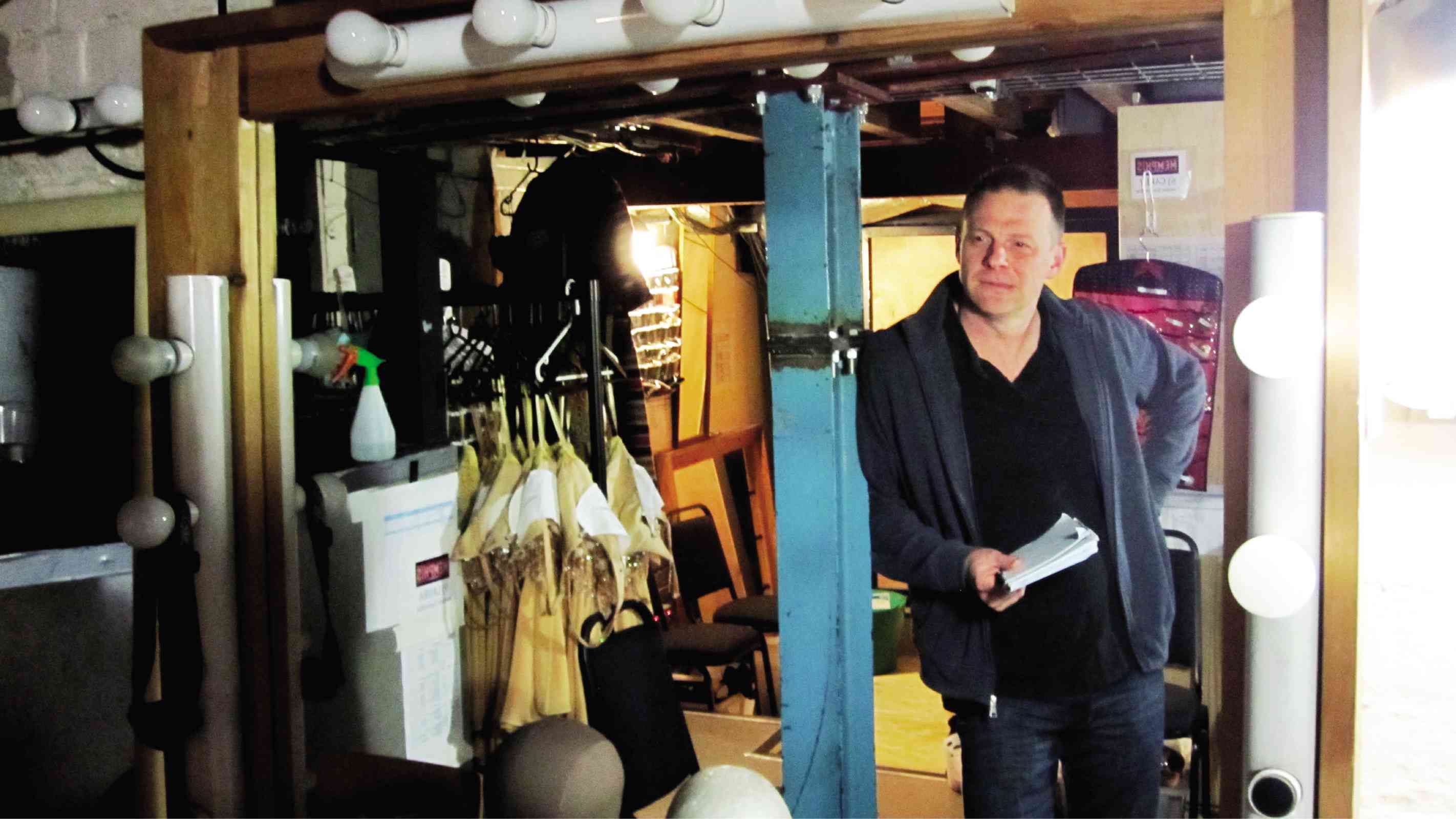RICHARD Blacksell, technical director of “Singin’ in The Rain,” recently spoke about the show’s special effects on Radio New Zealand. The musical opens in Manila on Aug. 20 at The Theatre at Solaire.
What’s involved in making it rain onstage?
Essentially, we have two large tanks of water in the wings, which we heat up close to an acceptable level. There’s a series of pumps and manifolds and half a mile of hosing which we use to transfer the water to where we need it. We actually flood the stage from underneath at the same time that we rain down from the top, just to get it deep enough. Just for it to be a really magical special moment and, frankly, for everybody to get a bit wet! Not just the cast get wet… if you’re in the first few rows.
So it’s the audience, as well?
Absolutely! The cast get truly, truly soaked. We drop 12,000 liters of water in the show. That’s 12 tons of water that we drop on them over the course of two numbers, the first one being the iconic “Singin’ in the Rain,” as done by Gene Kelly. They see it again in the finale because it would be such a shame not to. But yes… the first couple of rows may get a little wet.
Do you find that they wear it as a badge of honor?
People do. You watch from the back of the stalls and at the interval, they’re all talking to each other like they’re comparing war wounds. I’d say people really love it.
And the actors are dancing on a wet stage? Doesn’t that make it slippery?
The amount of time that we put into making the rain work was nothing compared to the amount of time we put into getting the right flooring. We hired a warehouse in Central England for that, and we tried many different floors. It was over this period of a month—we’d bring dancers in, test it out, send it away again, make alterations… because we needed a floor that was safe when it was dry as well as when it was wet. You could find a lot of things that was safe when it was wet but didn’t have enough grip when they were dry. The floor needed to do both of those. Also, there are some fantastic tap dancing numbers in the show so we then had to [find] something that had a noise, had a sound good enough to recreate the tap.
Where did you find what you wanted, eventually?
In the end, we imported it from the (United) States. For the West End, we brought it in from the States. We’ve stuck with that floor ever since because it is the only thing we have found that does the job.
Is it a system further developed over time? After all, this production has been around for quite a while.
It is. It has. It’s… a classic film, a classic show. This time around, however, what everybody was looking to achieve was to sort of push the edges of what had been done before. So it’s not just a rain curtain or a series of rain curtains; it literally rains. There isn’t a square inch of the stage that you could stand on and remain dry.
The rain really covers the whole area.
If you couldn’t control the exact amounts of water you’re dealing with, how messy could things get?
If you use 12,000 liters of water, you only need to lose a tiny percentage of that before you’re getting into trouble, and that’s cumulatively, over a number of shows. But thankfully, we haven’t destroyed any theaters around the world!
And yes, about the whole health and safety aspect of it: The water is UV-treated, sand-filtered, and chlorinated, and—this is a point—it’s recycled.
(For booking information, visit www.ticketworld.com.ph.)
